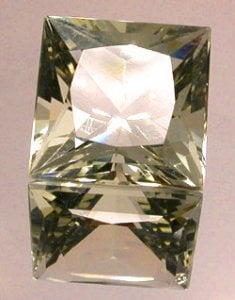- Joined
- Feb 17, 2004
- Messages
- 1,104
Date: 5/27/2005 7:56:21 PM
Author: belle
wow! right in my backyard!Date: 5/27/2005 4:42:20 PM
Richard M.do you know, or are you able to say, where about the mining area is located?
I might be able to point you in the general direction if I knew whether you lived in New Mexico or Virginia!








300x240.png)